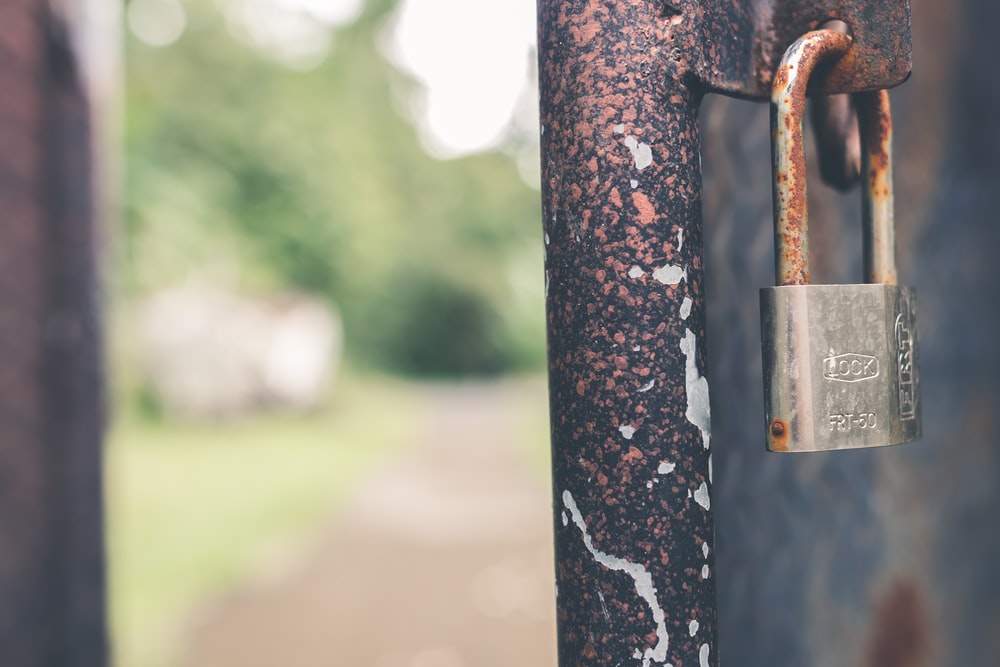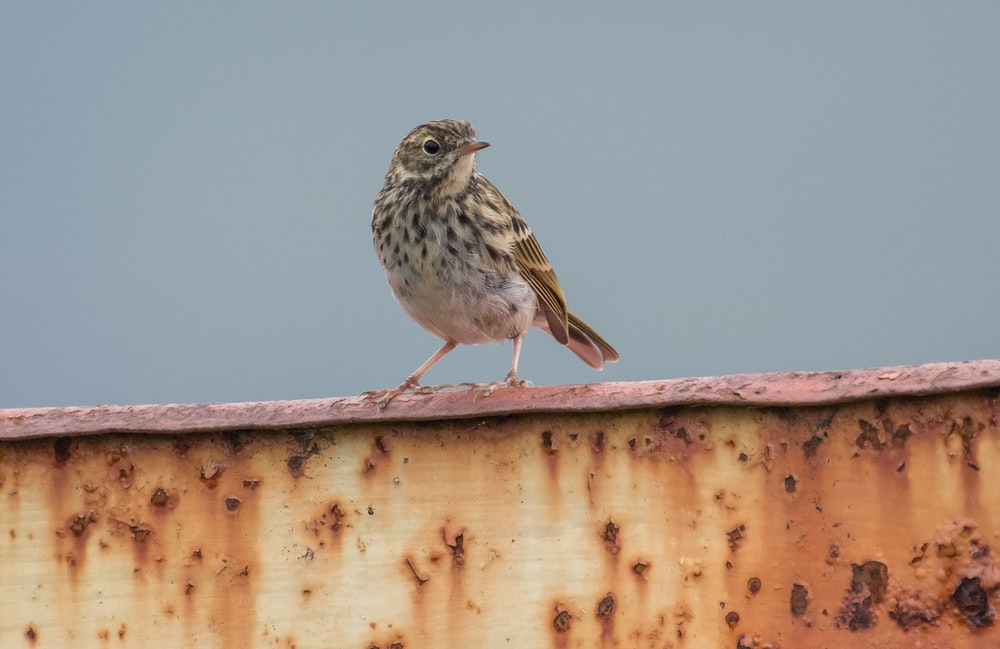Corrosion refers to the deterioration of materials due to environmental interactions. It’s a phenomenon that requires three key conditions – a metallic surface, an oxidizing agent commonly known as an electron acceptor, and moisture. It’s also important to mention that corrosion process converts a reactive metal surface into a stable form, namely its hydroxide, sulfide, or oxide. An example of common form of corrosion is rusting.

Nearly all forms of corrosion have a negative impact on metallic surfaces. For instance, corrosion weakens metallic structures, making them unsafe and more susceptible to collapsing. In a workplace, such weak structures pose a considerable danger to workers and could cost you a lot of money in repairs and compensation for workers injured while working your facility.
It’s estimated that the annual cost of metal corrosion is $2.2 trillion globally. Sometimes, corrosion is a natural process and is inevitable. However, 25% to 30 % of metallic corrosion can be prevented. One of the top methods of preventing corrosion is to apply anti corrosion coating on metallic surfaces. Other corrosion preventive techniques include:
1. Choose the right metal type
One of the simplest and most effective ways to prevent corrosion is to choose the right type of metal. For example, stainless steel alloys that contain iron are often resistant to rust as they also contain a higher percentage of chromium, which is considered more reactive than iron.
The chromium in stainless steel alloys oxidizes quickly to create a protective barrier of chromium oxide on the metal services. This prevents oxygen from coming into contact with the other lies steel, preventing the oxidation of the metal and consequential corrosion. Depending on the application, choosing a type of metal that doesn’t rust or corrode easily is your best option.

2. Apply a protective coating
Applying a protective coating is also a cost-effective and simple way of preventing corrosion. Paint is a common protective option as it creates a barrier to prevent the transfer of various electrochemical charges from the top corrosive solution (formed due to exposure to various weather elements) to the metal underneath.
Another effective technique of creating a protective coating is to apply powder coating. This process involves applying a dry powder to clean metallic surfaces. The metal is then heated to facilitate efficient fusing of the powder into a somewhat smooth unbroken film. Some of the powder compositions used in this process include polyester powder, nylon powder, acrylic powder, urethane, and epoxy.
Dipping metallic parts into a bluing solution of water, potassium nitrate, and sodium hydroxide create a strong corrosion-resistant outer coating. There are also commercially available corrosion prevention products in the form of cloth wipes or aerosol sprays that can help protect metallic objects from corrosion.
3. Environment-related measures
Rusting or corrosion is a natural process caused by chemical reactions between the metallic surface and gases in the environment. If you take the right measures to control environmental elements, the risk of these unwanted chemical reactions can be minimized. Some of these measures may involve simple and cheap adjustments to how you store your metallic products.
Some of the environmental measures to prevent corrosion include preventing exposure to seawater or rain water and controlling the amount of Sulphur, oxygen, chlorine, and other highly reactive gases in the surrounding environment. A good example of an environmental measure to prevent corrosion would be treating water in your boilers with softeners to successfully adjust its alkalinity, oxygen content, and hardness.
Keep in mind that galvanic corrosion may occur when metallic parts with different electrode potentials are exposed to electrolyte like salt water. In this case, the metal with a higher electrode activity will corrode at the point of contact. One way of preventing galvanic corrosion is by keeping these parts separately. This is an effective measure of preventing corrosion.
4. Sacrificial coating
This corrosion prevention technique involves coating the metallic surface with an additional metal type that can be oxidized easily, a reason the technique is commonly referred to as ‘sacrificial coating.’ There are two methods of sacrificial coating which include anodic protection and cathodic protection.
A common example of cathodic inhibitor protection is to coat iron alloy steel using zinc through a process referred to as galvanizing. Note that zinc is a more reactive metal than steel and when it begins to corrode, its oxides are more stable and prevent the corrosion of the steel. This technique is referred to as cathodic protection as it works by making the underlying steel the cathode of electrochemical cells. It is ideal for steel pipes carrying fuel or water, ship hulls, offshore oil platforms, and water heater tanks.
The second type of sacrificial coating is anodic protection. This corrosion protection technique involves coating iron alloy steel with a less active metal like tin. Tin does not corrode and that means the steel will stay protected as long the non-reactive tin coating is in place. This technique is referred to as anodic protection is it makes the steel the anode of electrochemical cells.
It’s important to mention that anodic protection is usually applied to carbon steel storage tanks, particularly used to store sulfuric acid. In such an environment, cathodic protection isn’t a suitable option because of the high current requirements.
5. Corrosion inhibitors
Simply put, these are chemicals that react with a metallic surface or surrounding gases to suppress various electrochemical reactions that lead to rusting. Corrosion inhibitors work once they are applied to the metallic surface by creating a highly protective film. They can be applied as a solution or a protective coating using various dispersion techniques. Most corrosion inhibitors are applied via the passivation process.
Summary
The corrosion process starts when metallic surfaces reacting with oxygen in presence of a salty environment, water, acids, and any other harsh chemical. As the oxide or hydroxide of the metal flakes of its surface, it exposes fresh metallic service which continues the destructive reaction process. This is why it’s important to take the right measures to prevent corrosion. If you are already battling with corrosion, consult with an expert.
Leave a Reply